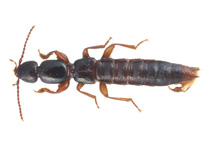Abstract
Along the Mediterranean coast of the Iberian Peninsula, great species diversity is thought to exist, but our knowledge of Iberian polyclads is, in fact, very limited. This study contributes to the Polycladida (Platyhelminthes) of the Iberian Peninsula, in particular those of the Mediterranean coast. Nine species, mainly new species or new records, are described. Imogine stellae sp. nov. from Mar Menor (Murcia, Spain) is described, while I. mediterranea Galleni, 1976 is recorded for the first time in Spain. The genus Planocera Blainville, 1828 within the Mediterranean basin is reviewed: Planocera graffi Lang, 1879 is redescribed, and its synonymisation with Planocera pellucida (Mertens, 1833) considered. Also, the genus Notoplanella Bock, 1931 is represented by two species in Spain, N. inarmata Bock, 1931 type species, from Formentera Island and N. estelae sp. nov., from Mar Menor. Trigonoporus cephalophtalmus Lang, 1884 is rediscovered after the description of Lang (1884). Stylochus neapolitanus (Delle Chiaje, 1841-1844) Lang, 1884 is recorded and S. pilidium (Goette, 1881) is also redescribed, and Leptoplana mediterranea (Bock, 1913) is newly recorded for the Iberian Peninsula.

